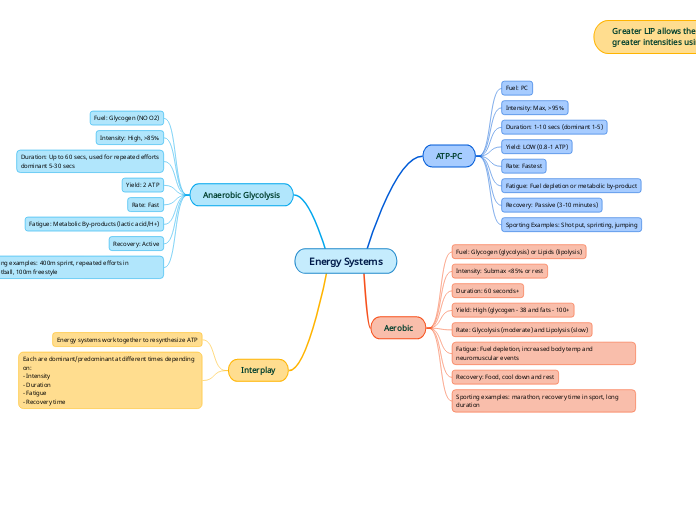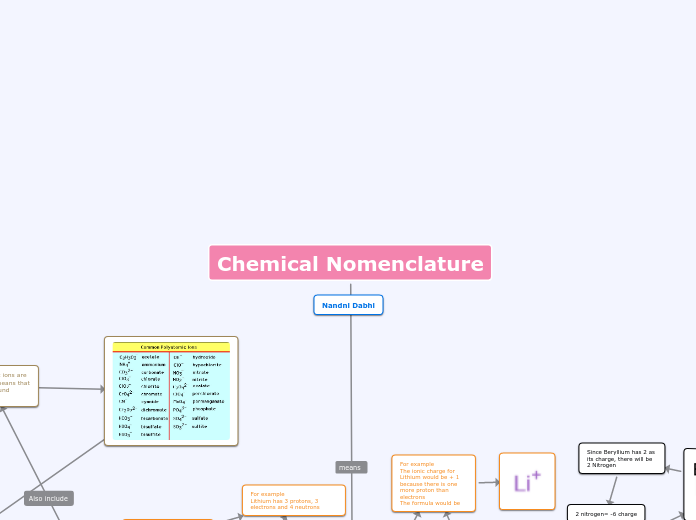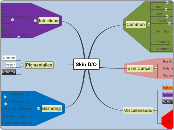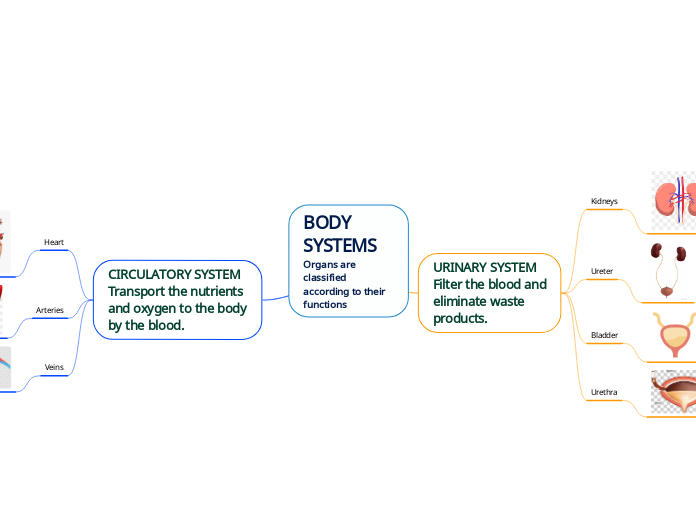Blood
White Blood Cells
(Leukocytes)
Granulocytes
Basophils
Contain heparin, an anticoagulent
Release histamine and other mediators of inflammation
Large purplish-black cytoplasmic granules
Eosinophils
Play a complex role in allergy and asthma
Kill parasitic worms
Red cytoplasmic granules
Bilobed nucleus
Neutrophils
Phagocytize bacteria
Pale red and blue cytoplasmic granules
Multilobed nucleus
Agranulocytes
Lymphocytes
Immunological processes:
a) direct cell attack
b) antibodies
Thin rim of pale blue cytoplasm
Spherical or indented nucleus
Monocytes
Develop into macrophages (eat cellular debris and microscopic foreign bodies in tissues)
Gray-blue cytoplasm
Kidney-shaped nucleus
Fight infections.
Less than red blood cells.
Larger than red blood cells.
Have nuclei.
Red Blood Cells
(Erythrocytes)
Transport oxygen.
Contain hemoglobin.
Produced in red bone marrow.
Double concave shape.
increases surface area to volume proportion
Do not have nuclei.
Platelets
Blood clotting, specifically at the site of tissue injury.
Smaller than red blood cells.
Plasma
Function
Carries fibrinogen to help with blood clotting.
Carries antibodies to fight infections
To dissolve and transport nutrients, wastes, water and CO2.
Structure
92% water, with different salts and proteins.









